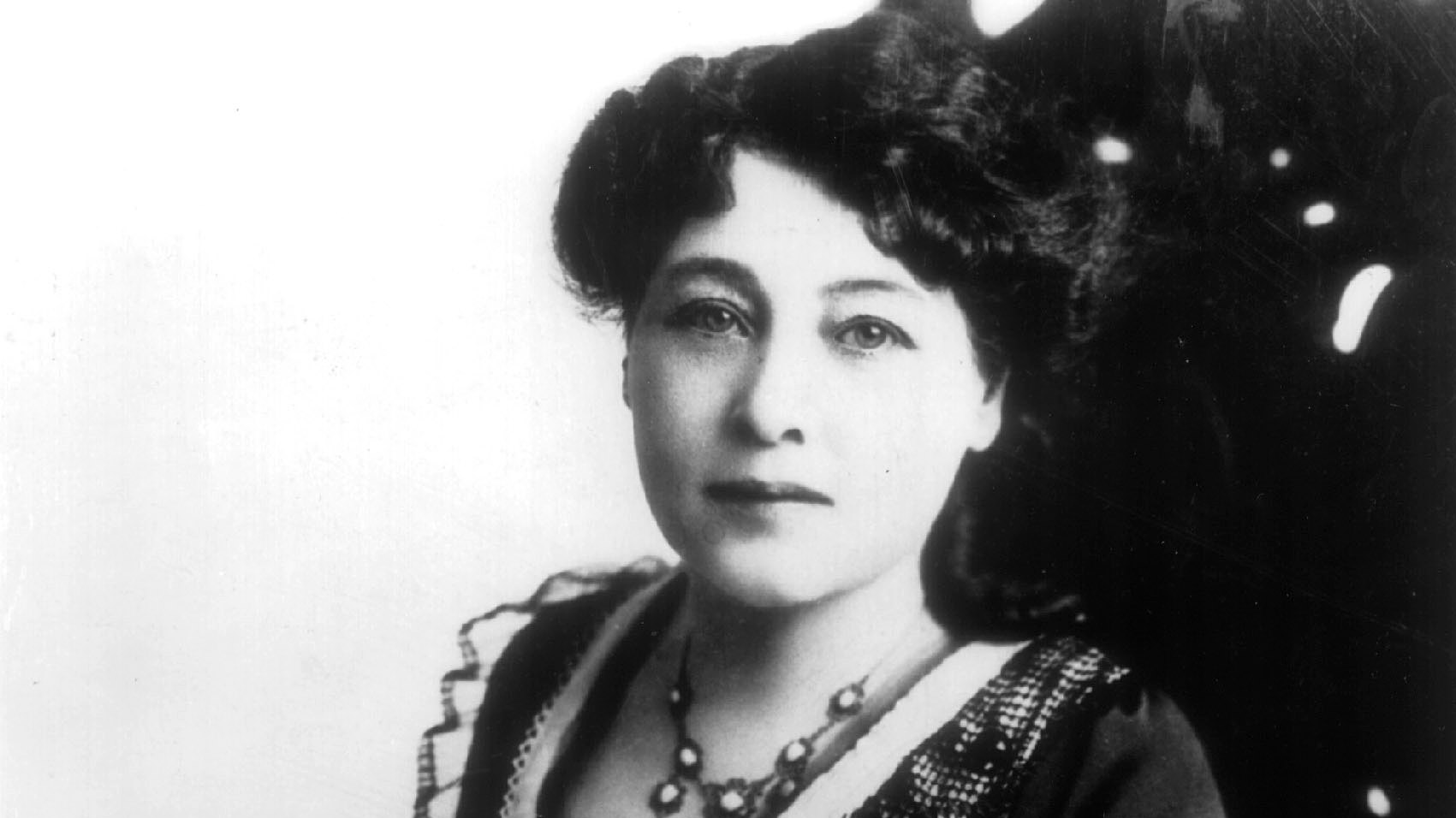Who was the first female film director and the first woman to run her own studio?
Since the beginning of cinema, women have been involved in filmmaking. Alice Guy is considered to be the first female film director. This blog explores her life and legacy.
Who was Alice Guy-Blaché?
Alice began working in filmmaking as a secretary for Léon Gaumont who ran an early motion picture production company.
After attending the first demonstration of film projection by the Lumière brothers in 1895, she was convinced that film can be used not only for documenting events but also as a tool for storytelling.
In 1896, she wrote and directed La Fée aux Choux (The Fairy of the Cabbages), a short film referring to an old fairy tale. Although Alice's debut has not survived today, it is recognised as the first instance of storytelling in cinematography.
Remade in 1900, La fée aux choux (The Cabbage Fairy) by Alice Guy-Blaché (originally from 1896).
She became the head of Gaumont's film production arm in Paris - a job she had to abandon after getting married.
Though that didn't stop her from film making. She moved with her husband to the United States, where, in 1910, she started her own company, Solax, becoming the first woman to run her own studio.
What were Alice Guy-Blaché's films?
Alice was a multi-talented filmmaker: she directed, produced, wrote and oversaw the creation of hundreds of films. More than 20 of these were feature-length.
She was also a pioneer with the topics covered in her films. She explored the idea of marriage as an equal partnership in Matrimony’s Speed Limit (1913) and reversed gender roles in In the Year 2000 (1912). She also made action films with female characters as heroes, such as Two Little Rangers in 1912. She directed one of the first films with an all Black cast, A Fool and His Money (1912).
Two Little Rangers by Alice Guy-Blaché, 1912,
EYE Filmmuseum (The Netherlands), Public Domain.
After her divorce, Alice had to auction her film studio and decided to return to France in 1922.
She found it difficult to re-enter the French film industry, even with her previous employer the Gaumont Studios. Alice briefly returned to the United States in order to find copies of her films which could help her find work.
Unfortunately, she found none and she never made another film.
Concerned with her absence from the historical record of cinematography, she made many attempts to set the record straight.
What is Alice Guy-Blaché's legacy?
While writing her autobiography, Alice prepared lists of all the films in which she was engaged, hoping to have her work acknowledged and properly credited. She also wrote numerous letters to colleagues and film historians correcting already published mistakes or omissions regarding her career.
These actions bore fruit. However, most of the appreciation happened after Alice's death in 1968, when film researchers started to fill in many knowledge gaps about early cinema.
With documentaries popularising her life - like Qui est Alice Guy? (1975), The Lost Garden: The Life and Cinema of Alice Guy-Blaché (1995) and the most recent Be Natural: The Untold Story of Alice Guy-Blaché (2018) - Alice's legacy is now widely recognised.

